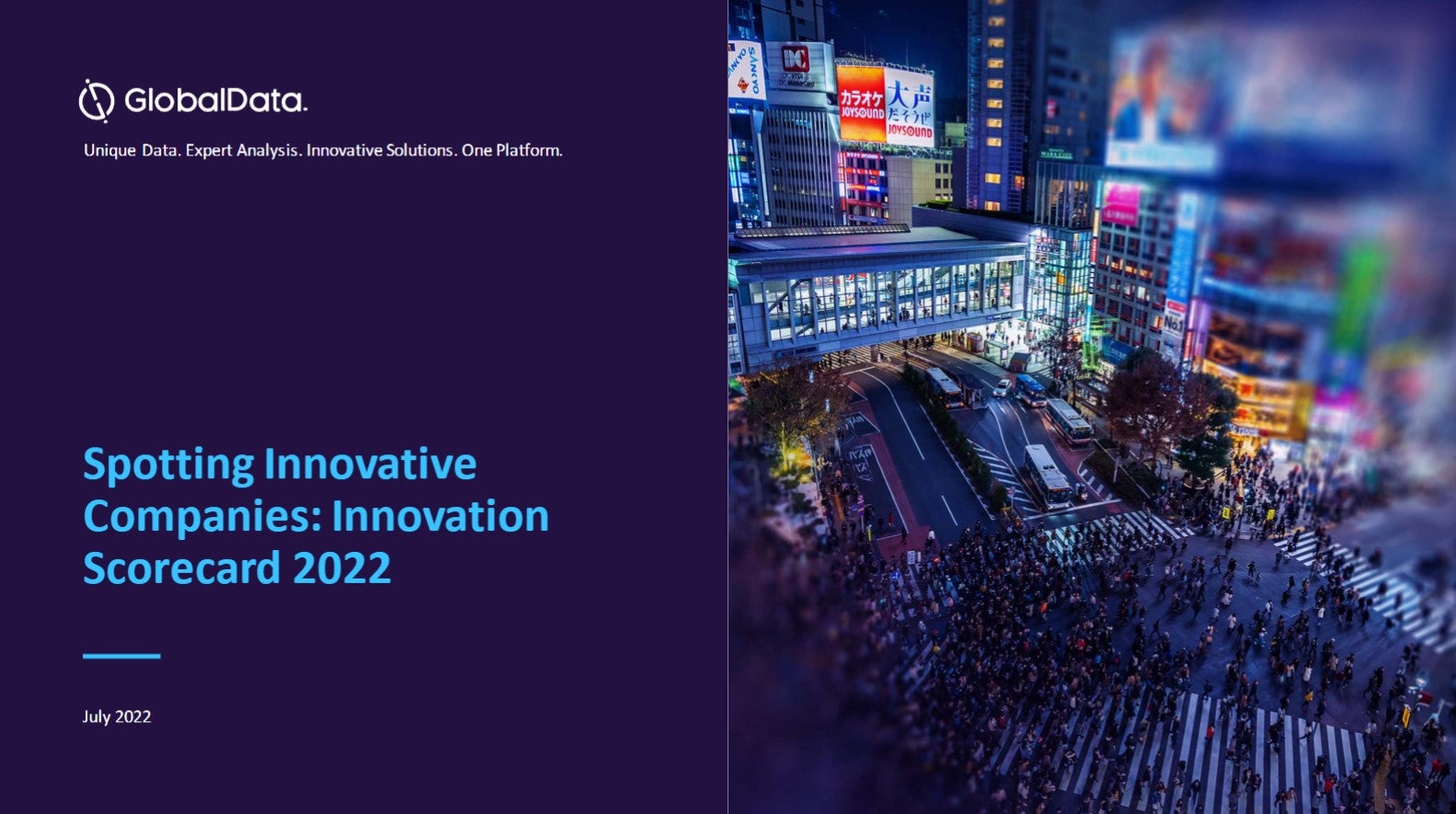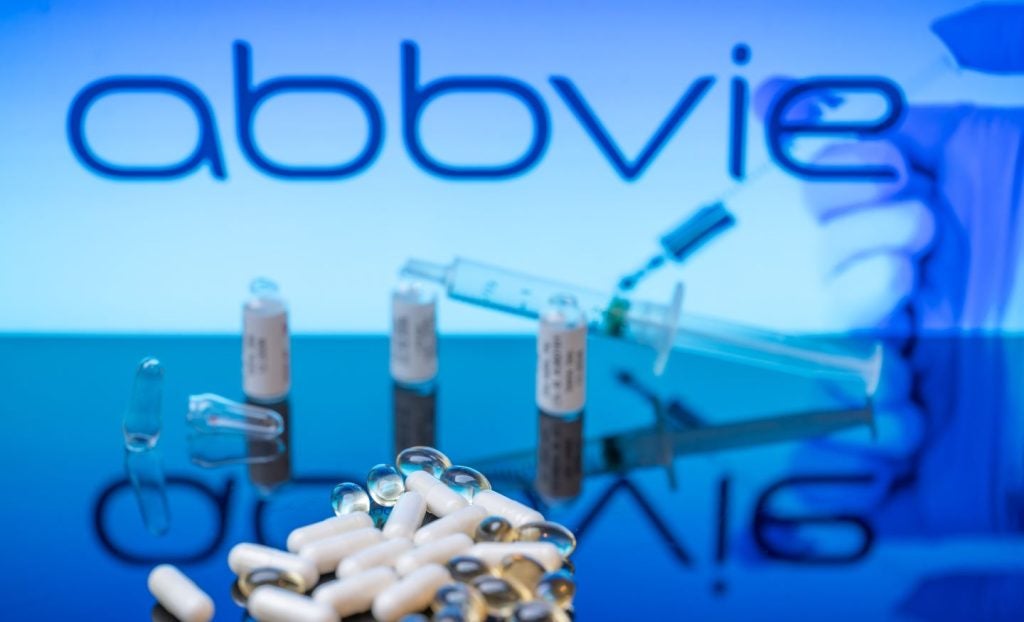
Patents are used to grant exclusive property rights to an inventor and prevent their discovery from being copied by others. The main requirements for a patent are that the invention must be novel, non-obvious and be useful or have an industrial application.
Patents are a central part of how pharma does business. Pharma products require longer and more complex research and development (R&D) cycles than products in other industries. Consequently, companies invest significant amounts of money into their new products early on in their development. Patent protection enables companies to recoup that R&D investment and continue to product innovative, new drugs in the future.
How well do you really know your competitors?
Access the most comprehensive Company Profiles on the market, powered by GlobalData. Save hours of research. Gain competitive edge.

Thank you!
Your download email will arrive shortly
Not ready to buy yet? Download a free sample
We are confident about the unique quality of our Company Profiles. However, we want you to make the most beneficial decision for your business, so we offer a free sample that you can download by submitting the below form
By GlobalDataThroughout history, the entity listed as an inventor on a patent application has been a ‘natural person’, or a human, who then might decide to assign those rights to the invention to their employer. For instance, in the pharma industry, the so-called ‘inventor’ is usually the pharmacologist who works for a specific company.
However, as technology – particularly artificial intelligence (AI) – becomes increasingly useful in speeding up innovation and discoveries, a team led by University of Surrey professor Ryan Abbott decided to test whether AI could be an inventor.
Can AI be an inventor?
As part of the Artificial Inventor Project, in mid-2019, Abbott filed patents on behalf of Imagination Engines’ Stephen Thaler for a warning light and a food container to the European Patent Office (EPO) and United Kingdom Intellectual Property Office (UKIPO).
On the patent application, the inventor was listed as DABUS AI, not Thaler, because these were deemed to be so-called AI-generated inventions: “inventions generated autonomously by AI under circumstances, in which we believe that no natural person, as traditionally defined, qualifies as an inventor,” explained Abbott in an article for the World Intellectual Property Organization (WIPO). The application then argued that Thaler, as the AI’s owner, would be the owner of any issued patents.
Although the EPO and UKIPO accepted that these inventions were patentable, in December 2019, both rejected the application because the inventor was not human.
A related issue is that “only a natural person can convey the rights that they would otherwise own as an inventor, such as to their employer,” explains Potter Clarkson partner and patent attorney Peter Finnie.
The EPO’s decision states: “The designation of an inventor… bears a series of legal consequences, notably to ensure that the designated inventor is the legitimate one and that he or she can benefit from rights linked to this status. To exercise these rights, the inventor must have a legal personality that AI systems or machines do not enjoy.”
The bottom line then, according to the EPO and UKIPO’s decision on DABUS sends is that AI cannot be an inventor.
What implications could this have on AI’s contribution to patentable inventions, particularly in the pharma industry where AI’s use is becoming commonplace and patents are central to financial viability?
Implications for AI-assisted discoveries
Finnie is very clear that AI-generated innovation, such as the DABUS example, is not currently mainstream in any industry, and particularly in pharma.
AI has undoubtedly revolutionised the pharma industry. It has drastically accelerated drug discovery, development and repurposing, and thereby brought drugs to at-need patients much more quickly. Life and medical sciences is one of the top three sectors where AI is most employed, according to the WIPO.
Finnie classes the way AI is used in pharma as AI-assisted, rather than generated, invention. “I don’t see a compelling case yet that the use of AI and machine learning in the pharma industry is anything more than a very sophisticated number crunching,” he explains. “There is still an awful lot of inventive effort required to train it and use the results to work out sensible solutions.”
Where AI only assists in discoveries it would not be designated as an inventor – the human who programmed it or performed the related lab work would be. AI-assisted invention “doesn’t change who the inventors are, it just speeds up the process”, notes Finnie.
However, AI “is likely to have, increasingly in the future, a significant impact on the creation, production and distribution of economic and cultural goods and services”, according to a WIPO Secretariat discussion document.
There is a possibility and “risk that AI-assisted innovation in pharma will be assessed to a different [and perhaps higher] standard”. Also, it is possible that “exclusion of the AI contribution will mean there are no true inventors under the current patent system”, notes Finnie.
The obviousness test
Finnie explains: “If it starts to get into people’s minds that somehow computer-assisted innovation should be treated differently from human generated innovation, then you start to get a challenge.”
He is particularly concerned about people starting to “buy into the anthropomorphic properties of computers”, which could lead to them turn around and say “well if the computer told you to do it, it must be obvious”.
This would threaten pharma’s ability to get a patent for that invention because for something to be patentable, legally, it must be deemed to be novel and non-obvious. The test for obviousness is whether it would be obvious or not to a ‘person skilled in the relevant art’.
The WIPO Secretariat is aware of this challenge; in a discussion paper, it asks if when looking at AI-assisted or generated inventions, “is it necessary to retain the traditional requirements of inventive step or non-obviousness, which are fundamentally associated with human acts of invention?” and “should the art be the field of technology of the product or process that emerges as the invention from the AI application?”
Making the patent system fit for purpose
There is a need to ensure that “drugs discovered or re-purposed using AI are as patentable as if they were derived without the use of AI”, Finnie states. “The patent system must not evolve to penalise the use of AI by removing or weakening the available protection.” Patents are sacred to the pharma industry: “In the pharma space, if you can’t get a patent then you won’t do it.”
If there becomes a credibility gap about who invented something – particularly around the obviousness of that invention – this could lead to a situation where pharma is disincentivised from using AI to support its inventions, which could have a dramatic consequences for drug discovery and, ultimately at-need patients.
Instead, to encourage people to innovate by rewarding that through patents, Finnie argues “we need to recognise that… AI is a contributor to the invention”; currently, regulators do not recognise them as having a contribution, a viewpoint that is increasingly outdated given AI’s important contribution to discoveries in the pharma industry.
The next step would be to give AI as an entity “legal rights in the same way as we give companies legal rights”. “You have natural persons and legal persons, so maybe you could have a third person, which is an electronic person. This could plug the [credibility] gap” and mean you haven’t got a missing contributor to the invention or inventor, notes Finnie.
Finnie also says there needs to be a modification of the definition of a ‘person skilled in the art’ to include an AI platform, as this would deal with the non-obviousness argument. He states: “One way of dealing with this is to raise the bar slightly and say where machine learning is involved the invention has to have a little extra quality to it because it has used these special powers that we [as humans] don’t have.”
Global patent offices are aware of and open to this need to re-evaluate and modernise patent laws so they are fit for purpose in a world with AI. This discussion was already in process over the past few years, but the DABUS decision in late 2019 has pushed it further up the agenda.
Indeed, the largest five patent offices in the world – the EPO, Korean Intellectual Property Office, Japan Patent Office, China National Intellectual Property Administration and United States Patent and Trademark Office – collectively known as IP5, are creating a joint task force to look into new emerging technologies, such as AI, and discuss the challenges and potential solutions.






